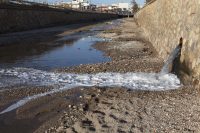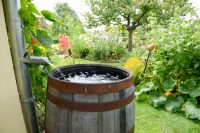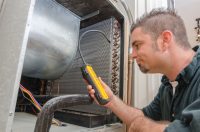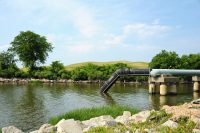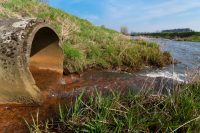May Is American Wetlands Month: 18 Ways to Know if You Need a Permit
Do You Recognize a Wetland when You See One? This checklist provides some general questions that can help you determine if a wetland is present at the site you want to enhance or develop. For some of the questions (especially 5–7), you may want to refer to the Corps’s Wetlands Delineation Manual. A “Yes” answer […]


